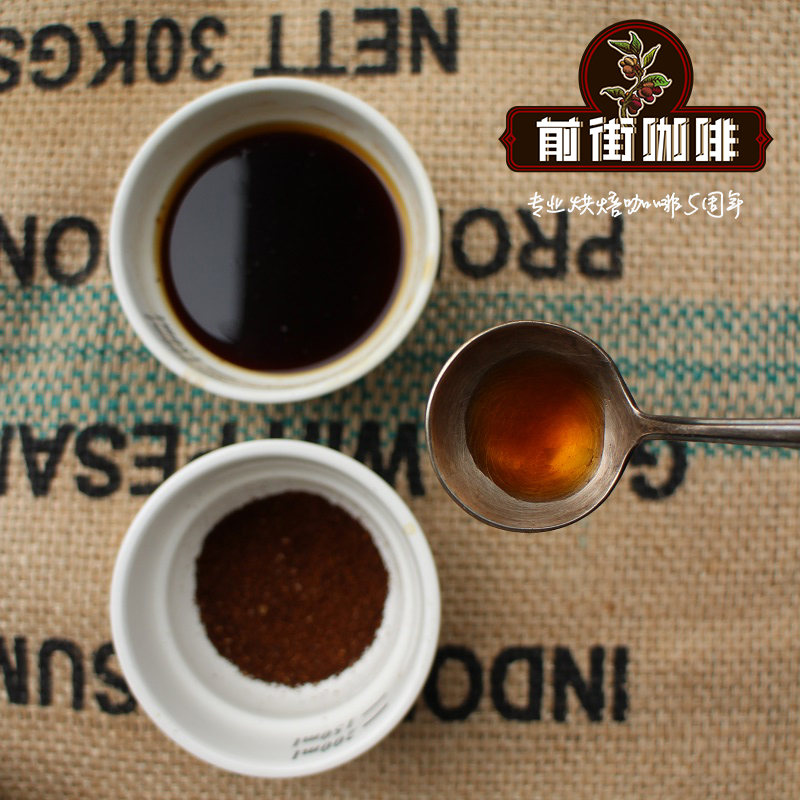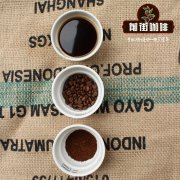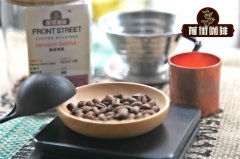What is a coffee processing plant? how does a coffee processing plant handle raw beans?

Professional coffee knowledge exchange More coffee bean information Please pay attention to coffee workshop (Weixin Official Accounts cafe_style)
The coffee industry is booming day by day, and the audience group is also growing exponentially. In recent years, many coffee producers have entered and left various producing areas, bringing a wave of root-seeking culture, origin planning, direct trade, etc., which uncovers layers of veil for this mysterious industry.
What is coffee?
Coffee tree in botany belongs to the Rubiaceae coffee subgenus evergreen tree, and commonly known as coffee beans, in fact, coffee tree fruit seeds, only because of the shape like beans, so called coffee beans. Climate is the decisive factor for coffee cultivation. Coffee trees are only suitable for growing in tropical or subtropical regions, so the zone between north and south latitudes is generally called coffee belt or coffee area.
Coffee trees bloom for the first time at about three years old, white five-petaled tubular flowers, with a faint jasmine fragrance, dense inflorescences arranged in clusters. The petals wither in two or three days and bear fruit a few months later. The fruit is a stone fruit, about 1.5 cm in diameter, initially green, then gradually yellow, mature into red, and cherry is very similar, so called Coffee Cherry (Coffee Cherry), can be harvested at this time. Coffee fruit contains two seeds, namely coffee beans. The two beans stand upright facing each other on one side of their plane.
Each coffee bean has a thin outer membrane, called the silver skin, which is covered with a yellow outer skin, called the endocarp. The whole bean is encased in a viscous pulp, forming a soft, sweet pulp with an outer shell
Coffee drying plant is the most important link before coffee export, coffee fruit in the completion of fermentation and preliminary drying, will be sent to the drying plant. At this time, the coffee beans with shells (endocarp/parchment shell) will be allowed to sit in the resting tank for a few weeks to several months to allow the moisture balance of the beans and the flavor to mature. Coffee is processed before it is exported.
The parchment shell is removed using a huller, and then someone polishes the beans. Polishing machine can remove the silver skin on coffee beans, so that the surface of coffee beans smooth, beautiful color. However, the heat generated by friction in the polishing process will cause chemical reactions in coffee beans, which will affect the flavor of coffee.
But high-end commercial and specialty coffee beans need to be further sifted to pick out defective beans. This step is mostly manual selection, but there are also machines that use spectrum to select (similar to the concept of color sorters for ripe beans), but the popularity is not high. The reason is that the cost of this machine is very high, a set of hundreds of thousands of dollars, at the same time, the operation and maintenance personnel of the equipment also need professional training. The beans thus selected are called European preparations.
Of course, other important tasks of the dry processing plant include purchasing coffee and ensuring that the hard work of coffee farmers can be sold. Buying and storing coffee beans allows buyers to buy coffee beans between growing seasons.
Therefore, dry processing plants are an indispensable link in the coffee industry chain.
Despite the hard work of coffee farmers, it is not easy to pour a better cup of coffee from the whole process of dry processing plant. The above sharing comes from Guatemala green bean merchant Danny, and also gives us an idea of why high-quality coffee in Central America or developed regions is more expensive than the same grade coffee in technology-poor regions. The dry processing plant is a bridge connecting coffee farmers and coffee operators. We will find that the quality of coffee is improving every year, and the number of coffee consumers is also increasing every year, which can be observed from our native Yunnan coffee. Obviously, there is still a lot of improvement in between, but more people need to pay silently behind it.
Important Notice :
前街咖啡 FrontStreet Coffee has moved to new addredd:
FrontStreet Coffee Address: 315,Donghua East Road,GuangZhou
Tel:020 38364473
- Prev

The Development of counter culture Coffee in American counter-Culture Cafe
Professional coffee knowledge exchange more coffee bean information please follow the coffee workshop (Wechat official account cafe_style) counter-cultural coffee, the English expression is COUNTER CULTURE COFFEE, located in Durham, North Carolina, is a coffee bean roasting company, the use of beans produced by the company's cafes throughout the East Coast of the United States and beyond. The reason why it is called counterculture
- Next

Aricha Coffee processing Plant Aricha Coffee relationship
For more information on coffee beans, please follow the coffee workshop (Wechat official account cafe_style). The Kebel Aricha processing plant is located in Gedeo, south of Ethiopia. The jurisdiction of this area is better known by Yega Sheffield and Kochere. The treatment plant is located four kilometers west of the city of Yegashafi, and there is a small place name, Guji.
Related
- Beginners will see the "Coffee pull flower" guide!
- What is the difference between ice blog purified milk and ordinary milk coffee?
- Why is the Philippines the largest producer of crops in Liberia?
- For coffee extraction, should the fine powder be retained?
- How does extracted espresso fill pressed powder? How much strength does it take to press the powder?
- How to make jasmine cold extract coffee? Is the jasmine + latte good?
- Will this little toy really make the coffee taste better? How does Lily Drip affect coffee extraction?
- Will the action of slapping the filter cup also affect coffee extraction?
- What's the difference between powder-to-water ratio and powder-to-liquid ratio?
- What is the Ethiopian local species? What does it have to do with Heirloom native species?

